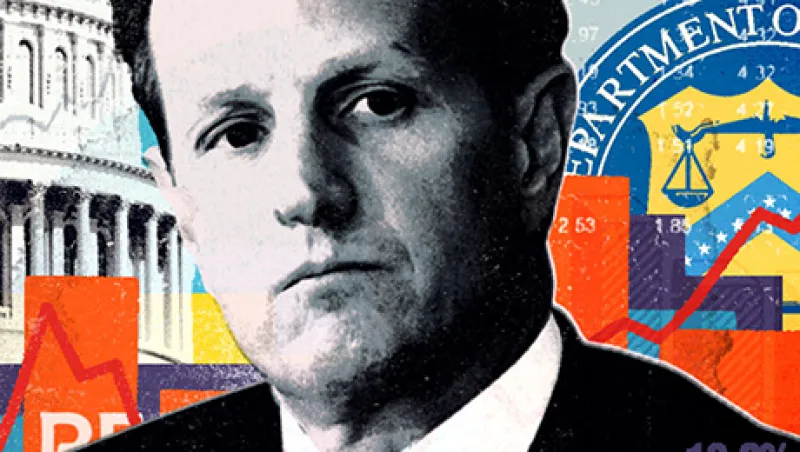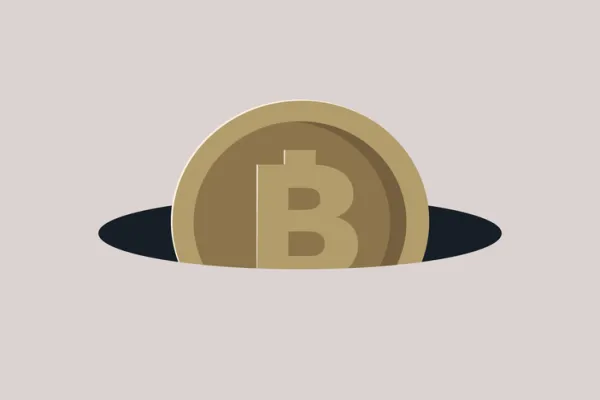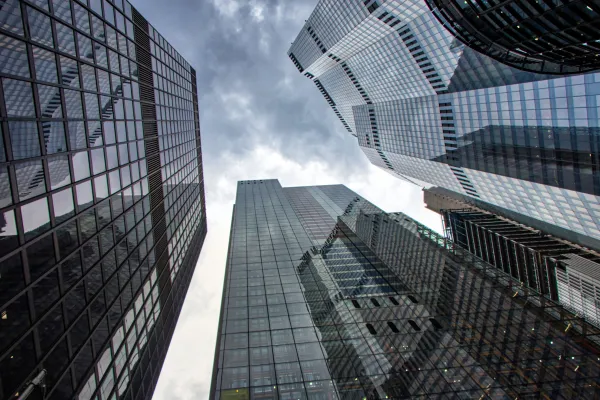The financial crisis continues to live on for Timothy Geithner. As president of the Federal Reserve Bank of New York, he played a key role in helping avert a collapse of the financial system following the calamities at Lehman Brothers, AIG and Washington Mutual in September 2008; then, as President Barack Obama’s first Treasury secretary, he crafted policies designed to return the banking system to health. On his proposal, the Federal Reserve held stress tests of the 19 largest U.S. banks, directing them to raise enough capital to survive another severe downturn or receive injections from the Troubled Asset Relief Program. The exercise reassured markets, and the private sector provided the banks with $176 billion of the $185 billion that the Fed said was needed. Critics have questioned Geithner’s bailout choices. In their new book, House of Debt, economist Atif Mian and finance professor Amir Sufi argue that the recovery would have been stronger if Washington had done more to rescue homeowners with underwater mortgages. Geithner, 52, who resigned last year and joined New York–based private equity firm Warburg Pincus as president this March, spoke with Contributing Writer Robert Stowe England about his own recent book, Stress Test: Reflections on Financial Crises.
In the book you describe the central paradox of the crisis this way: “What feels just and fair is often the opposite of what’s required for a just and fair outcome.” Can you explain?
Financial panics are different from other financial shocks. What you have to do to break the panic and protect people from mass unemployment like we saw in the Great Depression is deeply counterintuitive. It requires doing whatever it takes to prevent the collapse of the financial system. So the intuitive response in a panic is the opposite of what is effective and fair in terms of preventing the most damage to the greatest number of people. That’s because financial systems are like the power grid. If you let the lights go out, nothing works.
To halt the panic, why was it necessary to guarantee assets with no haircuts for debt holders at failing banks?
Economists and central bankers think that if you face a typical financial failure, you want to see losses borne by the private sector and private investors. The correct premise in that context is that the risk of contagion is limited: It’s unlikely that losses by investors will cause the collapse of other institutions, and the market discipline produced by allowing the haircuts is beneficial. But in a financial panic, people can’t discriminate between the relatively weak and the relatively strong. There’s a generalized run on banks and other financial institutions. After the collapse of Lehman and the failure of WaMu, you saw haircuts on creditors cause a dramatic escalation of the crisis. It was so damaging that we faced a shock five times greater than the one at the beginning of the Depression. And ultimately — this is the paradox — it took overwhelming financial force, much greater and more powerful guarantees and backstops, to break the panic and protect the economy from collapse.
In early 2009 you won your argument against nationalizing Citigroup and Bank of America. Why was it the wrong solution?
Nationalization is not a good way to respond to panic. Instead, nationalizations typically fuel panics because investors and shareholders try to get ahead of the runs throughout the system. Countries that have tried that strategy, like Sweden, end up having to fully guarantee all the liabilities in the banking system because of its effect on confidence. What we tried to do with the stress test was maximize the chance for the market, for private investors, to recapitalize the system and separate the viable from the nonviable institutions.
When you got pushback about stress tests, you said that “plan beats no plan.” What does that mean?
It’s not tenable to sit there and hope the fire will burn itself out, that you’ll have better options or your economists will come up with an idea that has more political appeal. Standing back and saying you’re going to take no risk or debating the causes without a conclusion is just not a responsible strategy. The imperative in that case is action.
What provisions that you wanted to see in Dodd-Frank didn’t make it into the law, and what are the consequences?
The Dodd-Frank legislation gave us much more powerful shock absorbers across the financial system. There were three things that we did not get. We didn’t get the next stage of housing reform launched. We still have a very complicated oversight structure left in place. And Congress took away the FDIC’s authority to guarantee bank assets during a systemic crisis to stop runs on the other banks seen to be likely to fail. The latter was an unfortunate step for the country, because in a very severe crisis, you need the fire station if you’re going to prevent panics from turning into economic disaster. It’s not like shuttering the fire station helps make crises a lot less likely. That’s not the way financial crises work.
Get more on banking.






